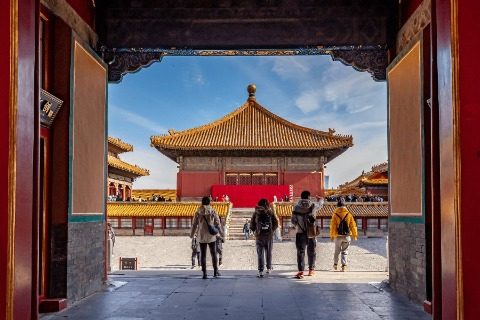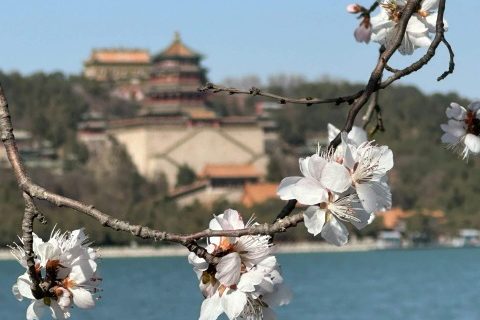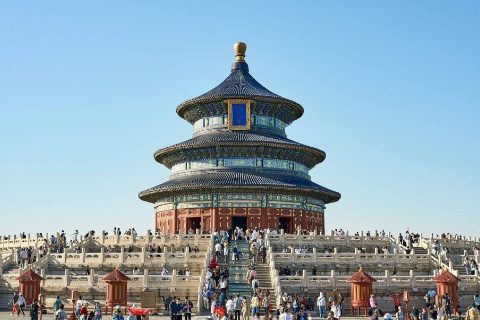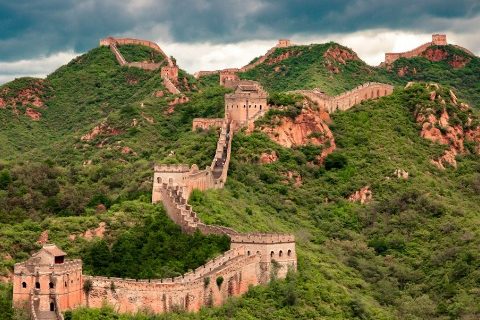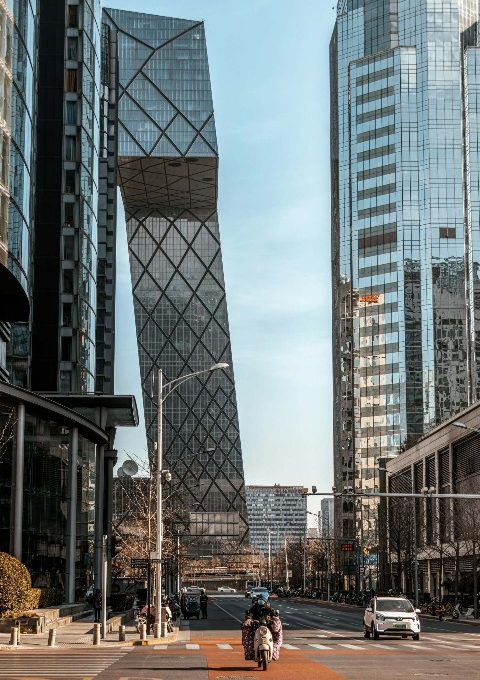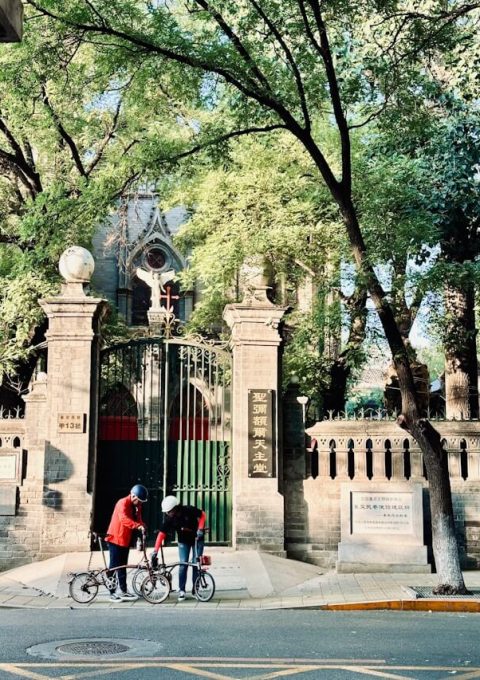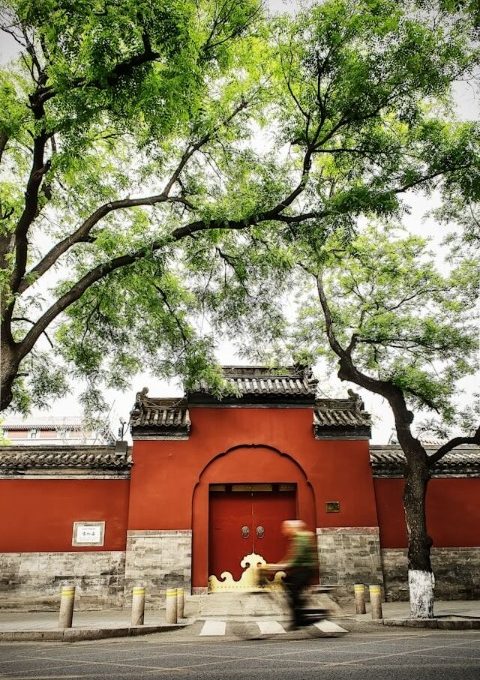Similar Posts
TaiKoo Li Sanlitun
Sanlitun Taikoo Li is home to Beijing’s first bar street and shopping center, located near the embassy district.
Tiananmen Square
Tiananmen Square is the largest city square in the world, capable of accommodating one million people for large gatherings.
Beijing Bar Guide
Beijing Bar Guide As an international city, it can’t lack a variety of bars Beijing has a large number of bars spread across various areas, with the majority concentrated in Sanlitun in Chaoyang District, Houhai in Xicheng District, and Wudaokou and Xueyuan Road in Haidian District. These areas have seen early and dense development of…
Beijing Hutong Guide
Beijing Hutong Guide Not visiting the hutongs is like not visiting Beijing at all The history of Beijing’s hutongs dates back to 1267 AD, during the Yuan Dynasty, giving them over 700 years of history. Hutongs are a traditional residential layout in Beijing. They function as passageways between homes and also serve as streets. The…
Nanluogu Lane
Nanluogu Lane is one of Beijing’s oldest neighborhoods, with a history spanning over 740 years, dating back to the Yuan Dynasty.
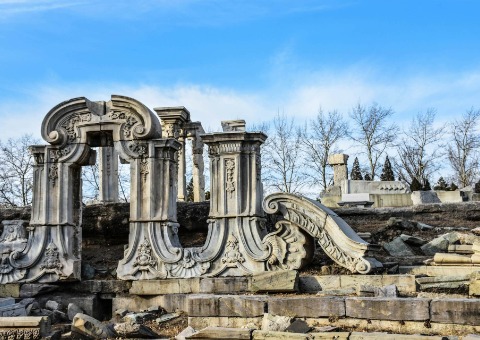
Old Summer Palace
The Old Summer Palace is a large royal garden from the Qing Dynasty, and Victor Hugo called it a wonder of the world.

